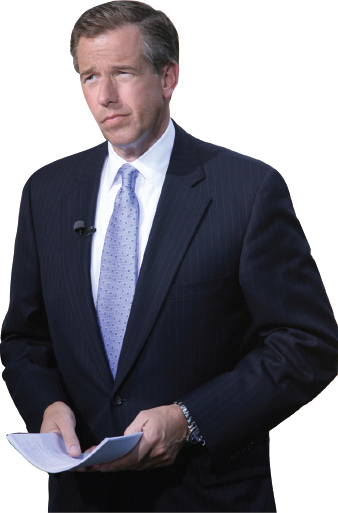Speaking from Manuscript

If you’ve watched the president of the United States deliver the annual State of the Union address, you may have noticed that he alternates between two teleprompter screens as he reads his speech. That’s because he’s delivering a speech from manuscript. When you speak from manuscript, you write your entire speech out and then read it word for word from the written text because your allegiance is to the words that you have prepared. Speaking from manuscript is common for presidential speeches because they are quite long and will likely be quoted and interpreted extensively afterwards. A mistake in the delivery of such a speech might not merely embarrass the president but may also affect world events. Manuscript delivery is useful in any situation where accuracy, time constraints, or worries about misinterpretation outweigh the need for a casual and natural delivery style.
However, manuscript delivery also has a number of downsides. First, it’s time-